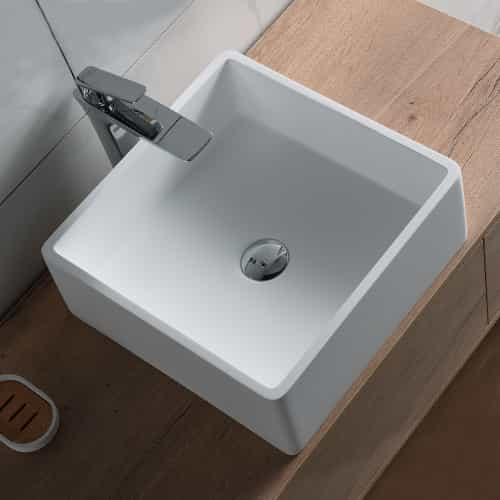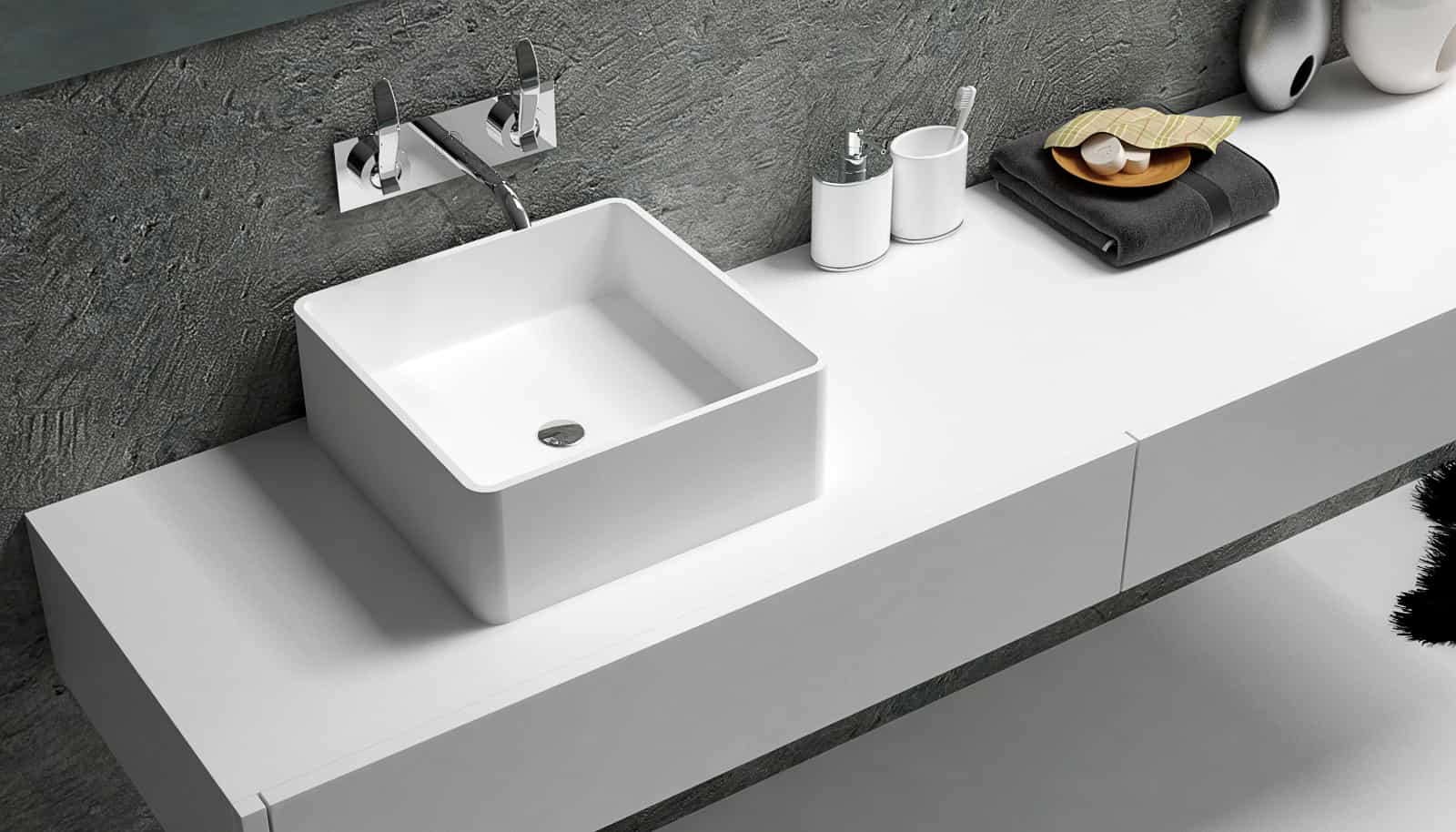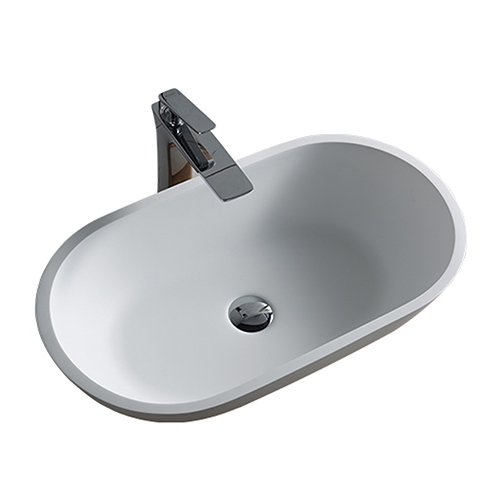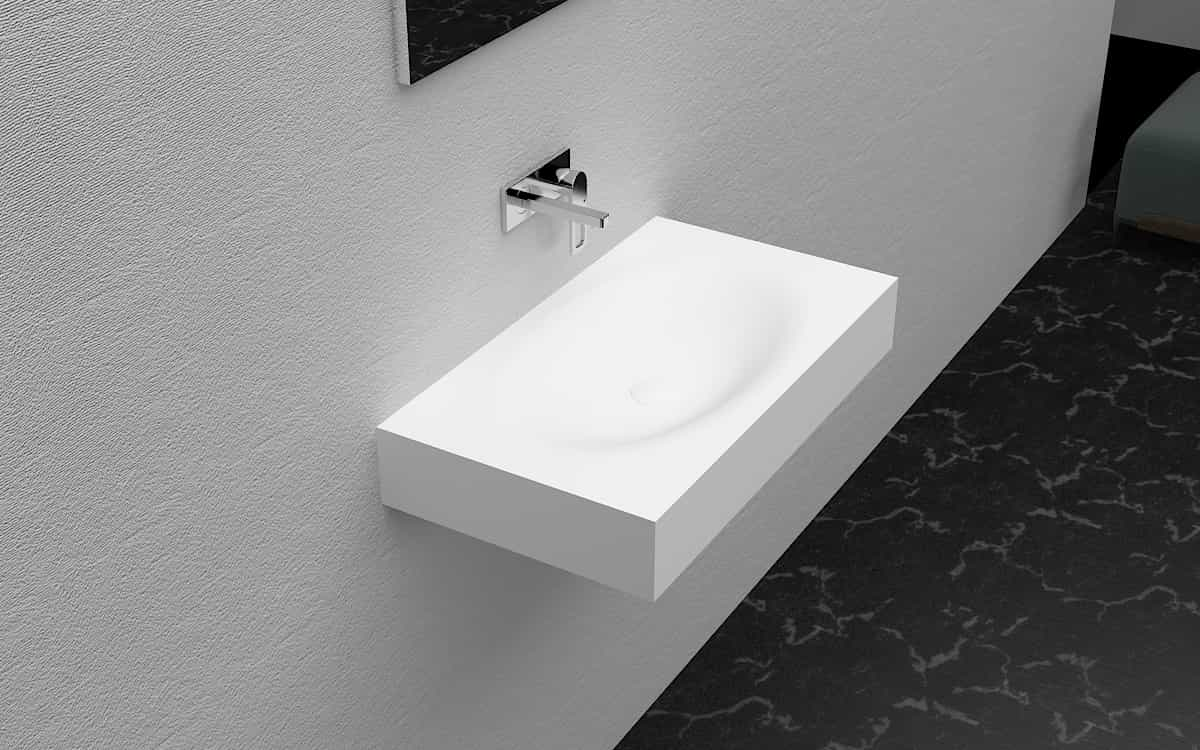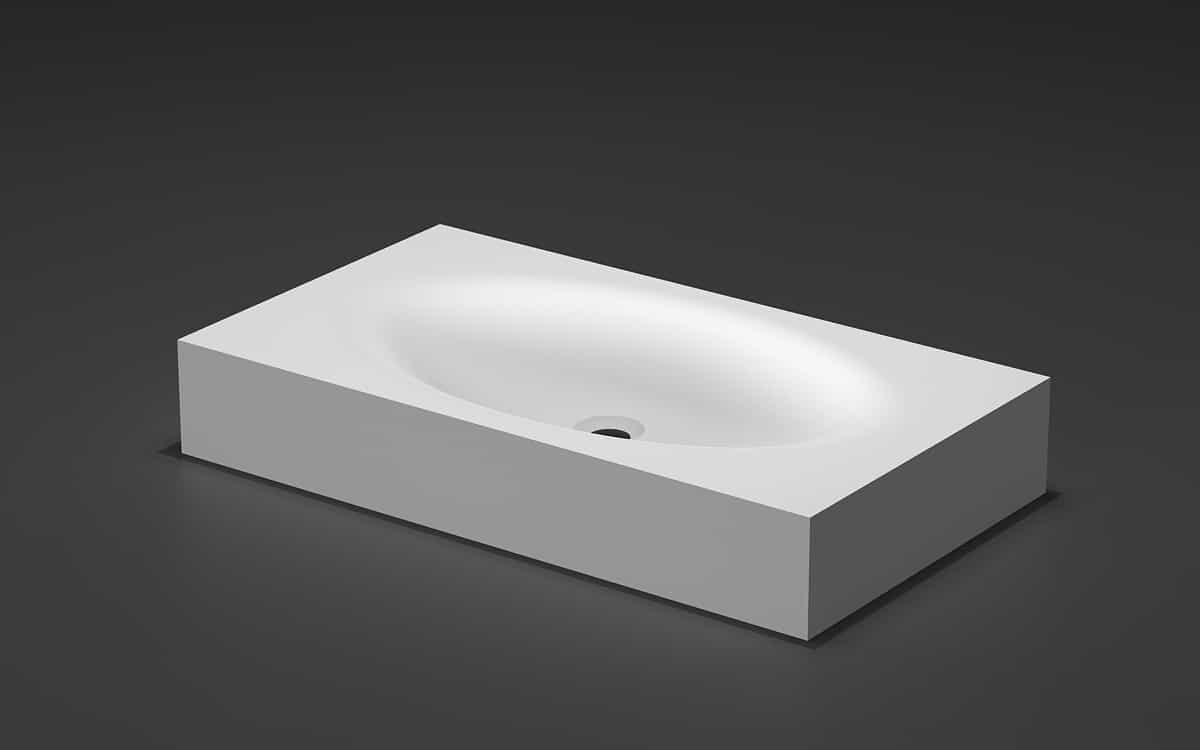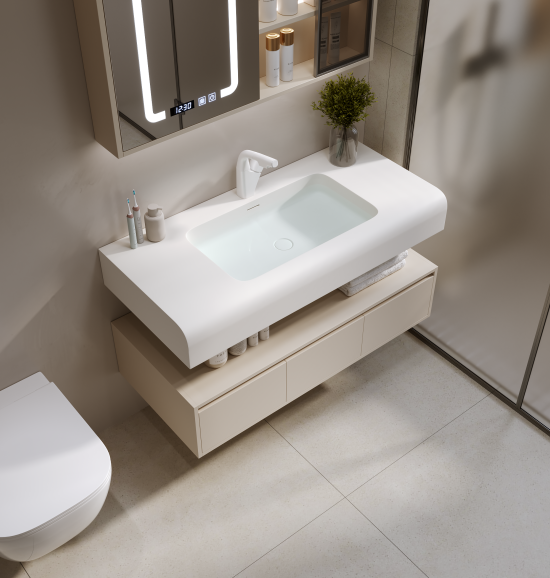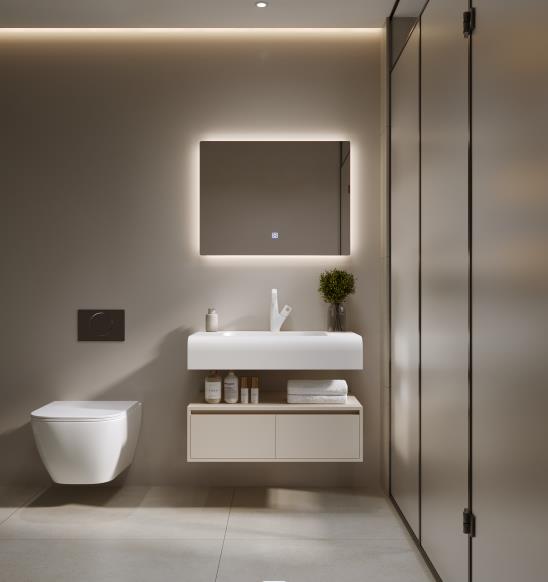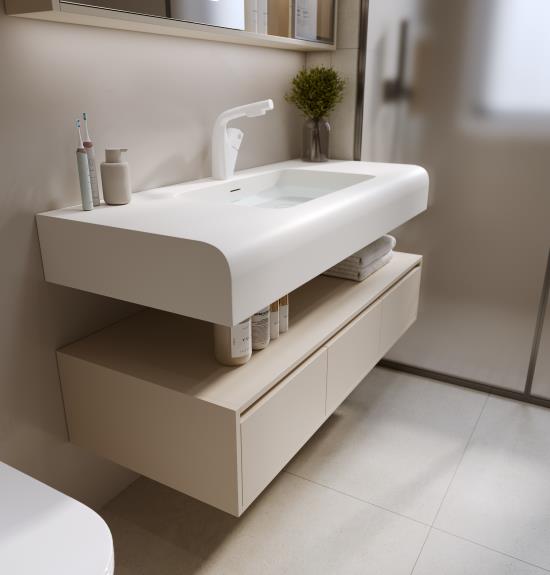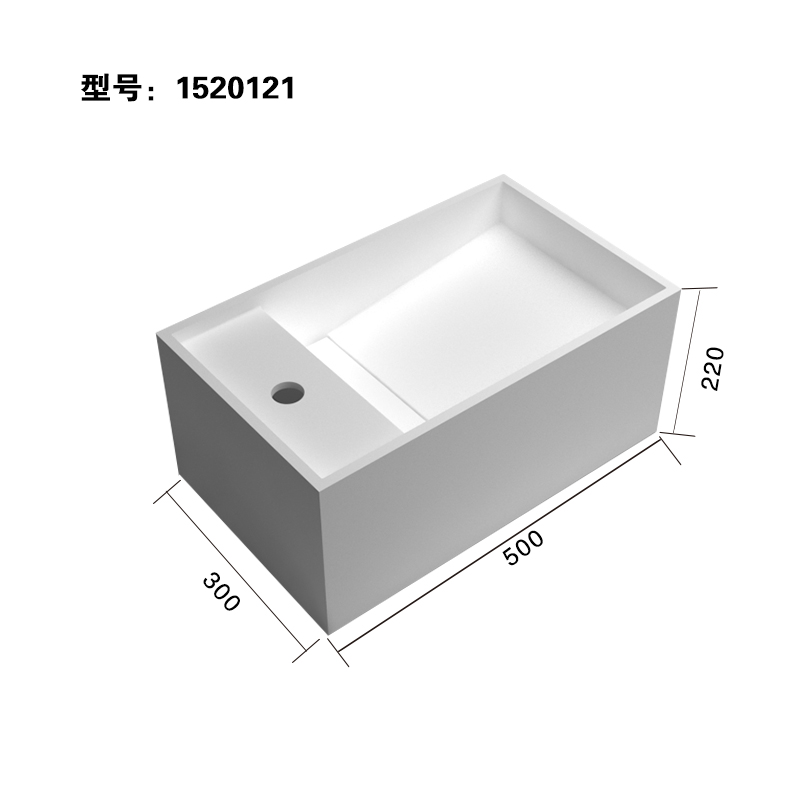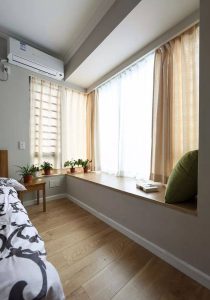
Bay window, as the name suggests, is the window that floats out. In the home decoration, the word bay window should be familiar to everyone. But what is a bay window? Not many people know what it really means. Next, we are going to popularize the relevant knowledge of what the bay window is, interested friends, come and have a look!
What is a bay window?
Bay window, generally rectangular or trapezoidal convex outdoor, three sides are equipped with glass. Large lighting glass and spacious window sill, so that people have a broader vision, more give life with romantic warm color. Bay window, as the name suggests, is the window that floats out. General bay Windows can be rectangular or trapezoidal, raised from the interior to the exterior. The bay window is glazed on three sides, and the sill is lower than ordinary Windows. This design facilitates large areas of glazing while retaining spacious windowsills that allow for visual extension of the interior space.
General Windows are made in the vertical plane of the wall, if the window protruding out of the wall, it becomes a bay window. Now the popular bay window can generally be divided into two forms, the first is with steps, the other is the landing. The bay window can not only increase the lighting and ventilation functions of the apartment, but also add architectural charm to the facade of commercial housing. It is based on this, the calculation of the area of the bay window, has become one of the hot spots that owners pay attention to. According to the function, the bay window can be divided into multi-functional leisure type (semi-circular lounge area, temporary guest room) and practical desk type.
The general form is one of the steps, the other is completely landed, and the ground integrated, they not only increase the house lighting, ventilation function, but also add architectural charm for the facade of commercial housing.
Bay window history
First, the earliest mullioned Windows can be found in Han tombs and pottery houses, and brick and wood buildings and murals of Tang, Song, Liao and Jin are also found in large numbers. Since the Ming Dynasty, it has been gradually replaced by sill Windows in important buildings, but it is still used in folk buildings. Tang before still mullioned Windows, fixed can not open, so the function and shape are limited. In the Song Dynasty, there were more and more opening and closing Windows, which developed greatly in terms of type and appearance.
Second, in the Song Dynasty, a large number of latticed Windows were used, in addition to squares, there are ball patterns, ancient money patterns, etc., which improved the lighting conditions and increased the decorative effect. Sill Windows in Song Dynasty have been applied to the sill walls on both sides of the palace door, is evolved from the lattice door, so the form is similar, but only lattice eyes, waist plate and no barrier water plate. The branch window was first found in the Ming ware of the Han pottery building unearthed in Guangzhou.
Three, in the Qing Dynasty, the northern support window is also used in the sill wall, can be divided into two parts, the upper part is the support window, the lower part is the pick window, the area of the two is equal. Because the southern building needs more ventilation in summer, the area of the branch window is about twice as big as the area of the pick window, and the pattern of the pane is also very rich. The pattern of bay Windows in Ming and Qing dynasties basically inherited the practice of Song Dynasty. In the middle of Qing Dynasty, glass began to be used in bay Windows.
Four, the modern construction of the bay window was developed in 20th century. The bay window is represented by steel and has been in 90 years in our country. However, the golden age of the development of bay Windows in Chinese contemporary architecture is the twenty years from 1981 to 2001. In 1911, steel bay Windows were introduced into China, mainly from the United Kingdom, Belgium, Japan products, concentrated in Shanghai, Guangzhou, Tianjin, Dalian and other coastal port cities “leased land”. In 1925, the national industry in Shanghai began to produce steel bay Windows in small batches. Before the founding of New China, there were only more than 20 small cottage handicraft factories.
V. After the founding of New China, steel bay window enterprises in Shanghai, Beijing, Xi ‘an and other places set up large production bases for steel bay Windows, which have been widely used in industrial buildings and some civil engineering. In the late 1970s, the state vigorously implemented the resource allocation policy of “replacing wood with steel”, and set off a nationwide promotion of steel bay Windows, steel feet and steel templates (referred to as “three steel generation of wood”), which greatly promoted the development of steel bay Windows.
The sixties and eighties were the heyday of the traditional steel bay window, with its market share reaching 70% in 1989. Aluminum alloy bay window was introduced into China in 1970s, but it was only used in foreign embassies in China and a few foreign-related projects. With the in-depth development and achievements of the national economic governance and consolidation, aluminum bay window series has developed from 4 varieties and 8 series in the early 1980s to more than 40 varieties and 200 series, forming a relatively developed aluminum bay window product system and establishing the position of pillar products.
Classification of bay Windows
1. Classification by top material: glass bay window, broken bridge aluminum bay window, plastic steel bay window.
Two, according to the facade material classification: Phoenix aluminum broken bridge aluminum, Xingfa broken bridge aluminum bay window, aluminum clad wood bay window, plastic steel bay window.
Three, according to the structure classification: steel structure, aluminum structure, steel and aluminum structure, wood structure, composite structure (including steel and wood composite structure, aluminum and wood composite structure) can be dimmed (the application of high-tech dimming glass.)
Four, according to the location classification: terrace bay window, courtyard bay window.
Five, according to the classification of modeling: creative bay window, combination bay window, modeling bay window, single bay window.
Six, all kinds of system classification: slanted bay window system, intelligent bay window system, natural ventilation system, energy-saving Low-E glass, water system
Vii. Classification by function:
1, ornamental type: full floor design, no need to make changes in the interior design, but to make some effort in the layout, the bay window into a bed;
2, entertainment type: large corner of the bay window can be designed as a tea room, first according to the size of the window sill to buy a thin cloth cushion, and then buy some square pillows of the same color as the back, and finally put a small Japanese tea table in the middle;
3, practical type: if the bay window is not far from the ground and high, you can do a row of small cabinets under the bay window.







